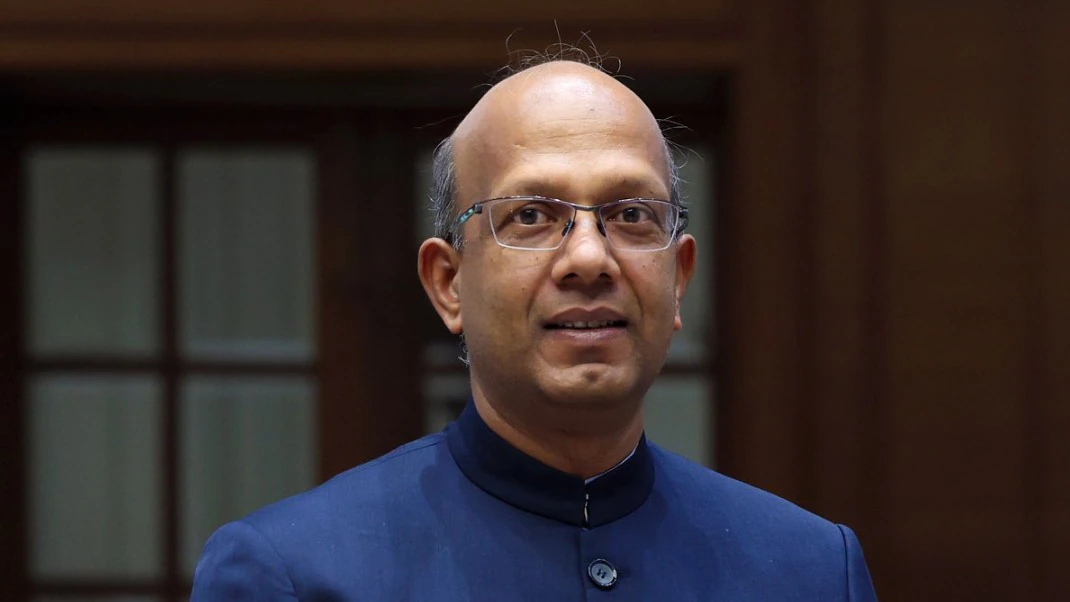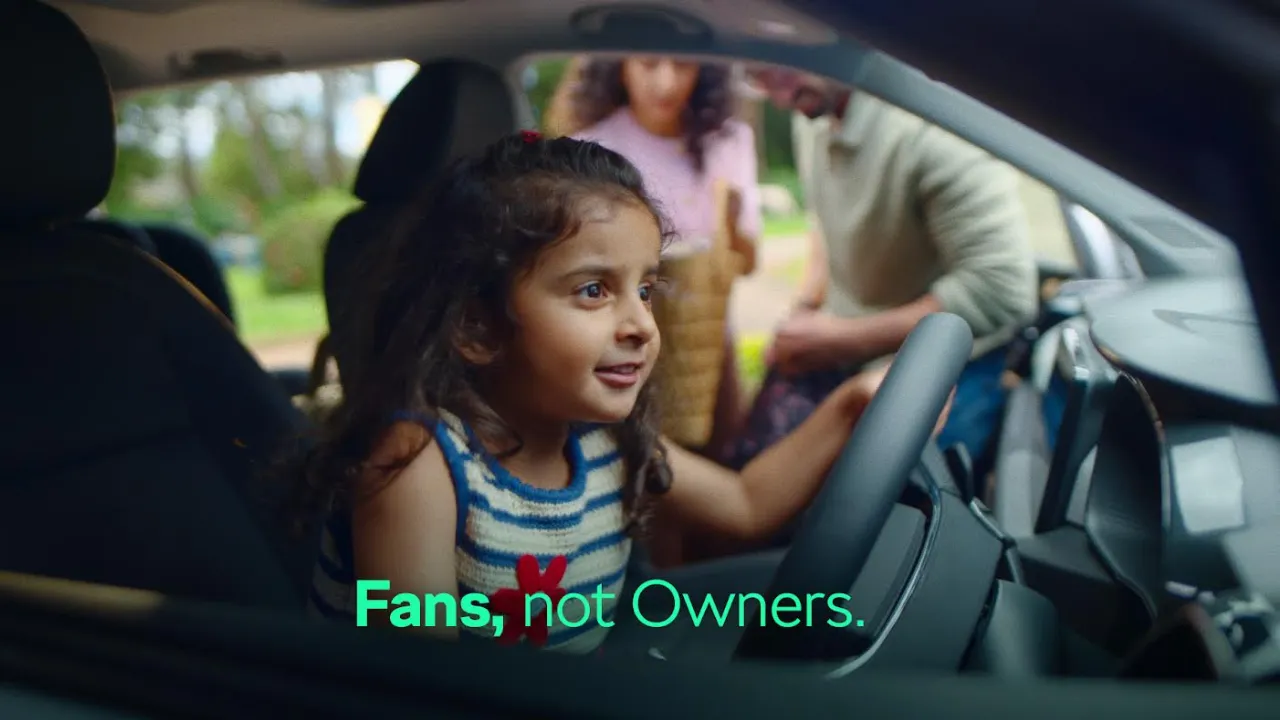In India, just a handful of conglomerates shape what over a billion people watch, read, and hear. And while traditional media still dominates in reach, digital platforms are rising fast.
The Reliance Industries (via Network18) controls News18, CNBC-TV18, Firstpost, Moneycontrol, Colors, and more, while Adani Group owns NDTV and has stakes in India TV and IANS. The Times Group, Dainik Bhaskar, Jagran, and Amar Ujala lead in English and Hindi print, while Government-run DD and AIR remain widespread, though less commercially dominant.
TV still leads — for now. TV continues to be India’s largest media channel by ad revenue, especially in regional markets. But change is coming fast. Streaming, internet advertising, and mobile-first news consumption are growing rapidly. OTT platforms are seeing nearly 15% annual growth.
The Reliance–Disney merger (JioStar) now controls around 40% of India’s combined TV and streaming ad market.
Print is consolidated as just a few newspaper groups dominate Hindi and vernacular readership. The top 4 control nearly 75% of Hindi readership. India ranks low globally (151st out of 180 in press freedom), with increasing concentration of ownership among political-business elites, putting pressure on journalistic independence.
Digital outlets like The Wire, Scroll, Newslaundry, and YouTube commentators are pushing back against dominant narratives, but face financial and legal challenges.
India’s media is undergoing a massive shift. A few groups still dominate traditional formats, but digital is exploding. Whether this brings more diversity, or just new gatekeepers, remains to be seen.







